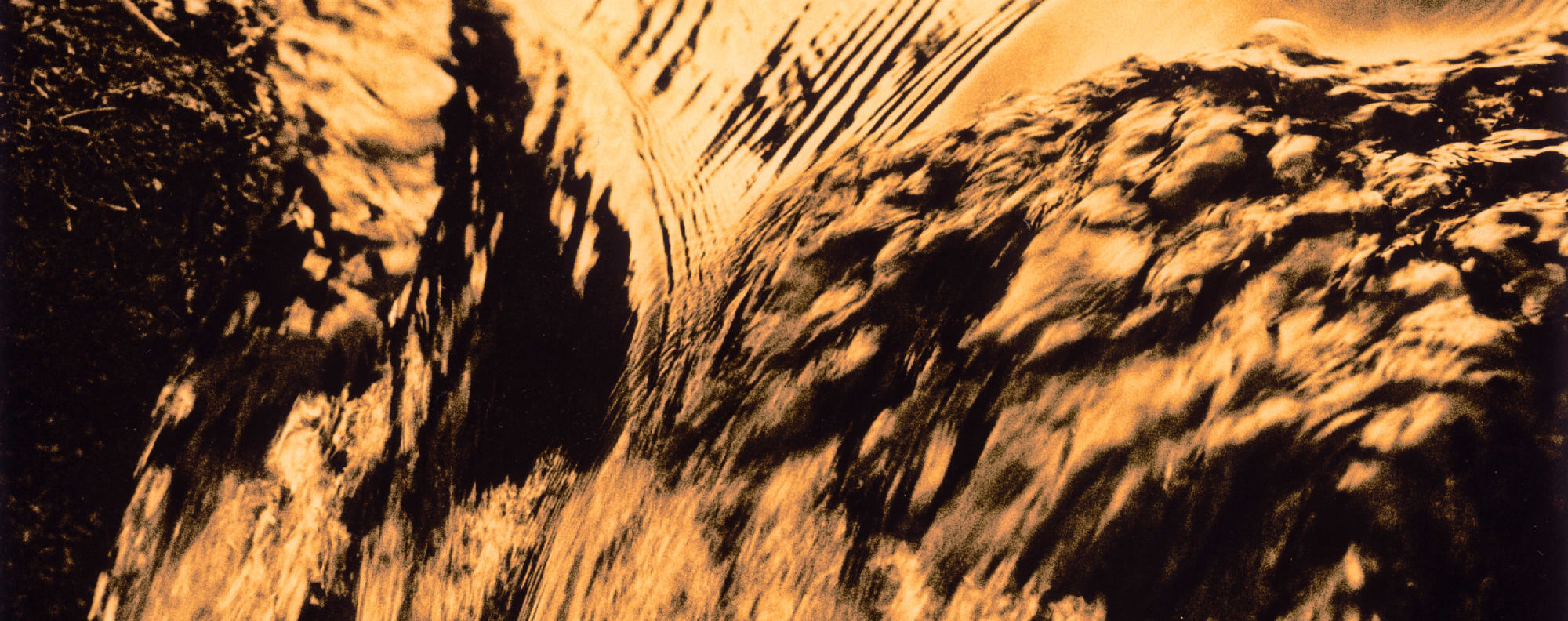See also: More on Modfot One & Modfot One in Camera Owner, 1967
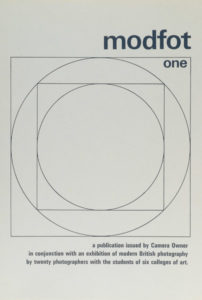
Modfot One was an exhibition of contemporary photography, produced in 1967 and exhibited at the Royal Watercolour Society’s galleries in Conduit Street, London, during May of that year. It continued to tour around Britain and the world for three and a half years as a British Council touring show. It is tempting to consider it in a similar vein to Edward Steichen’s ‘Family of Man’ exhibition of 1955 in the U.S. Although its intentions were somewhat different, it may have had a similar effect on the public’s perception of the scope and possibilities of still photography.
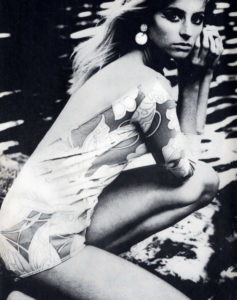
It was one of the first shows that exhibited Raymond Moore‘s work, alongside other notables from that era – Don McCullin, John Cowan, J S Lewinski, Roger Mayne and Bill Jay.
This article is based around information gathered from contemporary writings, including the catalogue of the show, together with references to the event in later publications.
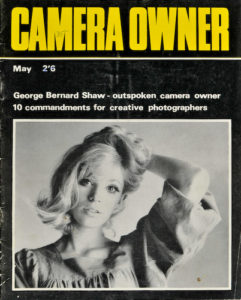
The show featured in the May 1967 edition of Camera Owner, described as “… the most unusual exhibition of modern British photography yet seen in this country”. The pages from that issue may be viewed here. The catalogue for the show (at top) was produced by Bill Jay, under the auspices of Camera Owner but clearly already making his distinctive mark on this publication that was to evolve into Creative Camera. He was then editor, but the origins of the show appear to lie in the ‘camera club fraternity’ of Britain at the time:
“I was a member of the Croydon Camera Club and eventually worked my way through the various levels to the Advanced Group which comprised mainly RPS Fellows and Associates and members of the Institute of British Photographers. From out of the Croydon Club, PhotoGroup7 was formed by photographers (of which I was one) who had a passion for contemporary photography which did not always meet with the approval of the more staid membership.
The Group rapidly gained international recognition and had a lot of work published collectively, exhibited widely and took part in the final and tenth programme of the BBC series ‘Better Photography’. PG7 was in on the early movement of Art Galleries associating themselves with photography, a trend which started in the mid-sixties, David Gaynor of the Eastbourne Gallery being one of the pioneers.
PG7 conceived and eventually promoted the travelling contemporary exhibition ModFot One. Thirty leading photographers were invited to participate plus five colleges of photography. The exhibition made its debut at the RWS Gallery London and then visited more than thirty galleries in the UK and on the Continent over a period of 3½yrs.”
Peter KeverneCamborne & Redruth Camera Club
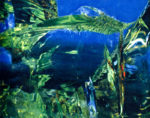
So Modfot One grew out of a group of disaffected photographers. This is often the case in the history of the medium — the Linked Ring in 1892 and the Photo-Secessionists of the early 1900s all trod a similar path. The secretary of Modfot One was Sir George Pollock, a Fellow of the Royal Photographic Society and ‘solicitor-turned-artist/photographer’ (Sir George died in 2016, but his website ‘The Photography of Light’ is well worth visiting). Sir George was a noted writer on photography as well as being an established photographer in his own right. He warranted a mention in Helmut Gernsheim’s ‘Concise History of Photography‘ in 1965, particularly noting his ‘Vitrographs’, colour photographs of glass fragments that produced “…a mysterious universe aglow with colour…“.
It is very much against my will that I write this introduction, because in one sense it is a complete negation of the support behind the exhibition. The idea was conceived by Photo Group 7, of which I am a member, which had certain ideas which have crystallised into Modfot one.First and foremost we wanted to show as wide a public as possible a representative selection of modern photography as practicised in Britain today. The photographers chosen were as far as possible selected to avoid duplication of picture-types—so that there is, for example, only one fashion photographer, one journalist, etcetera.In addition, an attempt was made to get away from the ‘judge and jury’ system, and therefore each exhibitor was given as much freedom as if he was running his own one-man show. Every encouragement was made to get away from the idea of a standard row of prints stuck on a wall at eye level. The individual photographer not only selected but also arranged his own prints with absolute freedom, something which, as far as we know, is unique in photographic exhibitions.The concern was not only with present-day photographers, but with the future. And therefore six colleges or schools of photography were invited to display representative panels. The number had to be limited to six simply because of the lack of space, but the intention is that the work of students can be compared with that of more mature workers, and if possible establish some sort of continuity between the generations.Perhaps above all, the motivating force behind Modfot one was the wish to see individual photographers treated as individuals, and respected, as photographers, as much as creative artists in other media. If we of Photo Group 7 achieve this end, we shall be well satisifed.Sir George Pollock, Bt, MA, FRPS
(his introduction to the catalogue of the show)
The Modfot One show certainly was different to anything that had been seen in Britain before. Although Roger Mayne’s ‘Southam Street’ photographs had been shown at the ICA in 1956 and the innovative portraits made by Ida Kar were exhibited in 1960 at the Whitechapel, there were precious few photographic exhibitions around in the 1960s. Although this was the decade when being a photographer became ‘cool’, there was little appreciation of the result as an ‘art form’. A generation raised on illustrated magazines like Picture Post were enjoying the new visual feast of television, also in black and white, so there appeared nothing special about a black and white photograph, unless it was of someone famous, a newsworthy event, or someone or somewhere you knew. As Bill Jay said of the era: “In 1965, the spectrum of ‘approved’ photography in Britain seemed limited to the bright band of photojournalism with a token representation by the bands of high fashion and society portraiture.” (Creative Camera 4/5 1993)
It appears that the aim of the organisers was to gather together representatives of as many differing photographic ‘genres’ as they could muster, together with a representative selection of work from the few colleges offering photographic courses at that time. Colleges represented in the catalogue are: Birmingham College of Art & Design, Brighton College of Art, Cardiff College of Art, Derby School of Creative Photography, London College of Printing and The Polytechnic School of Photography, London. Some that I certainly was not aware were running photography courses at that time. As Sir George Pollock wrote in his introduction “..the motivating force…was the wish to see individual photographers treated as individuals”. In this respect alone it can certainly be considered a ground-breaking show.
A good idea of the climate in British photography at the time can be gleaned from the article by Val Williams published in the 25th anniversary issue of Creative Camera in 1993. In this she states “The Modfot group…also made important attempts to reinstate photography into the mainstream of British culture.” It’s interesting that she says “reinstate“; perhaps this refers to the long gap between the Victorian era and the 1960s, when two world wars prevented the establishment of any lasting cultural movements in Britain. But help reinstate it they certainly did, and with the backing of the photo-evangelist Bill Jay they paved the way for the renaissance of British photography that occured in the 1970s.
So what of the chosen participants? Well my personal interest in researching this show stems from the inclusion of the work of Raymond Moore, but some of the other participants are no less interesting. Here’s the list: Malcolm Aird, Fill Bullock, George Bunzl, John Cowan, Geoffrey Franglen, H S Fry, Bill Jay, Peter Keverne, J S Lewinski, Roger Mayne, Don McCullin, Raymond Moore, Tony MOrris, Dunstan Pereira, Doreen Pollock, Sir George Pollock, Alan Richards, John Stonex, Michael Taylor, Peter Wilkinson, D Baxter, Edward Pritchard, Ron Chapman, plus some unattributed photographs in the catalogue from students at six photographic colleges.
The show was obviously larger than the content of the catalogue; a complete listing of what was shown has not been found to date (2008) but research continues. Below may be found some examples from the catalogue of the type of work included.
It seems clear that this 1967 show played a key part in initiating the renaissance of British independent photographic practice that took place during the following decades.
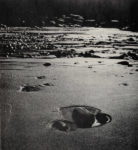
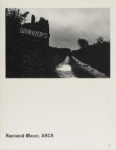
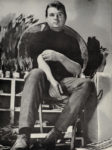

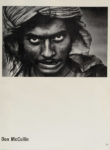
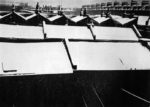
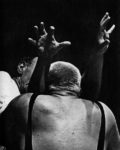
See also: More on Modfot One on this site.
